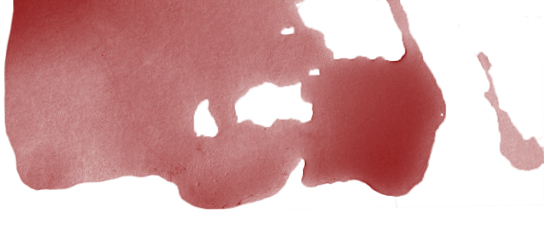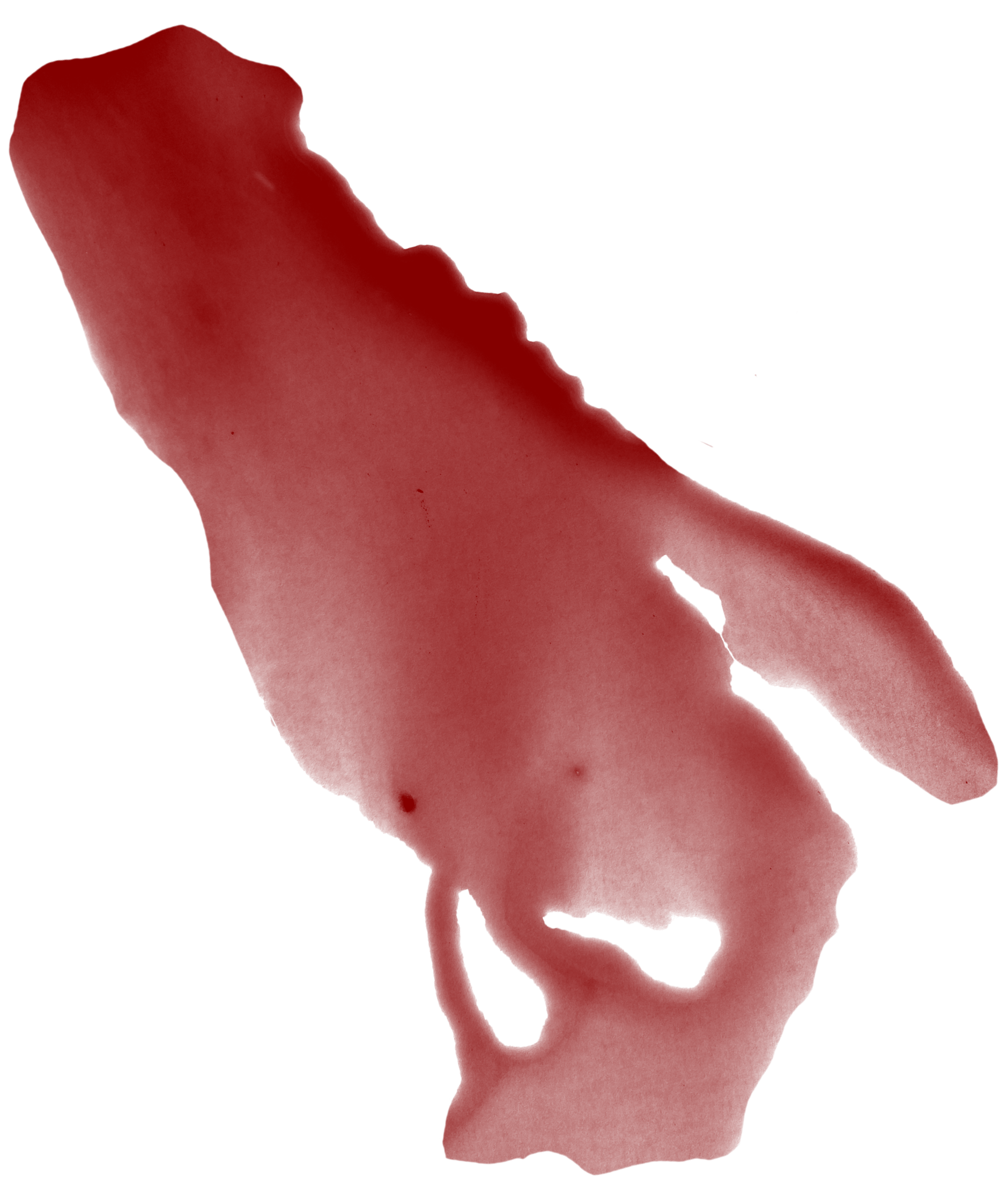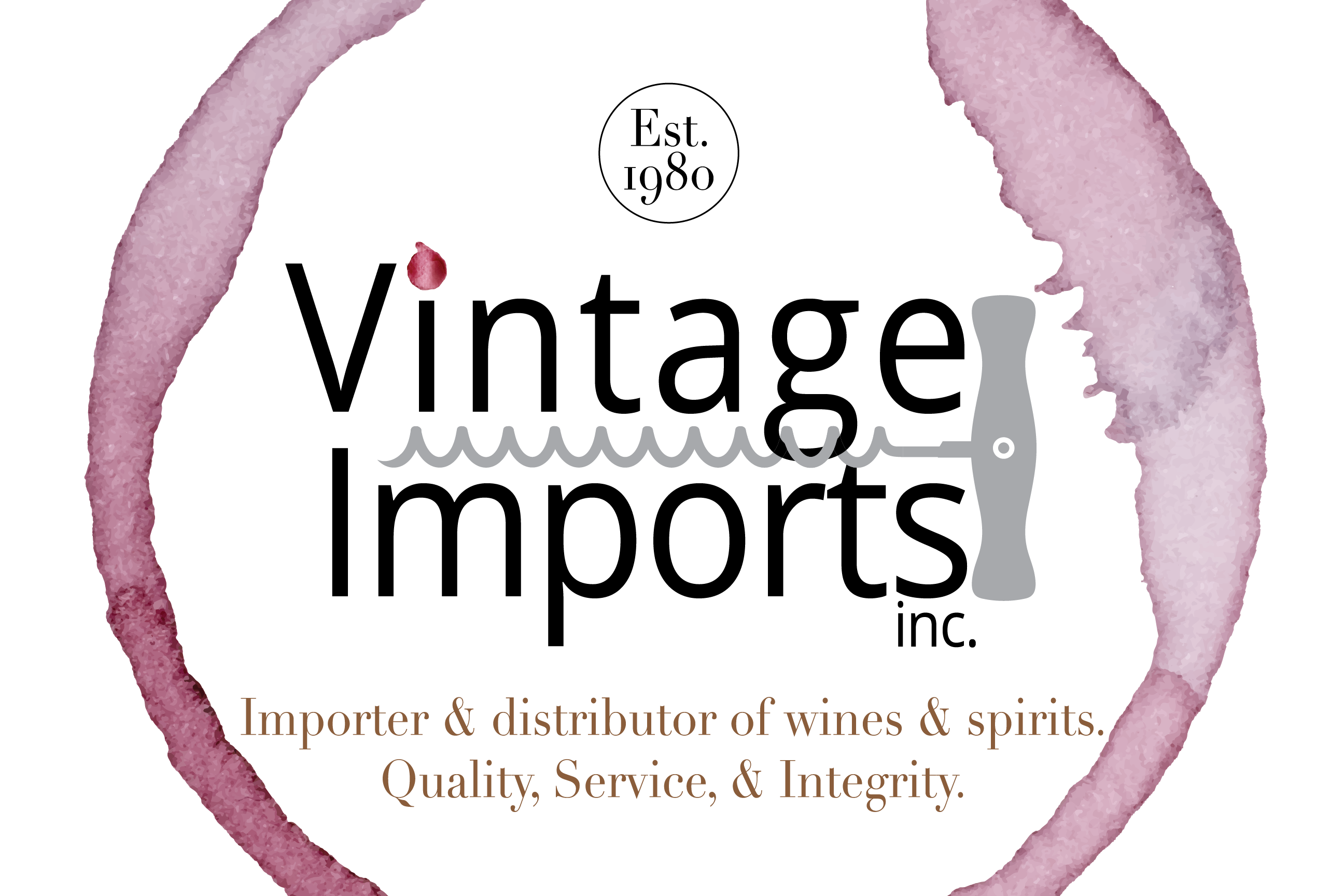


Bliss Family Vineyards
About Bliss Family Vineyards
In the late 1930s, our Grandfather, Irv Bliss, first visited Mendocino County and spotted a picturesque ranch among the rolling hills and unspoiled land. Years later, when Irv learned of a Mendocino property for sale, he gathered all his savings and placed a bid—sight unseen. As fate would have it, the plot Irv purchased was the original 450-acre estate that had captivated his imagination years before.
Over the years, Irv and his daughter, Marty Bliss, planted and tended to the vineyards harvesting some of the region’s finest grapes. When Marty married Len Brutocao, they blended her agricultural lifestyle with his Italian heritage and love for wine. Passing along Irv’s legacy to their children, the Bliss tradition continues with a third generation of family farmers.
The art of winemaking at Bliss Family Vineyards starts with the land and the grapes: the careful marriage of vineyard to varietal; sustainable growing practices; harvesting in the cool of the morning to bring the grapes’ true character to your table. We process our grapes the day they are picked, in small lots to intensify the fruit. The Bliss wines are produced to be fruit forward, food friendly offerings that show depth and character. They are enjoyed by consumers domestically and abroad and have also won critical acclaim. Sixty years later, we are producing wines meant to be opened with family and friends, good conversation and laughter. We celebrate the land Irv passed on to us by showcasing the rich fruit we grow on our property. The combination of our heritage, commitment to excellence, and estate grown fruit create a wine that is truly… Bliss.
VINEYARDS
•Bliss – 400 acres with 177acres planted. 0 – 2% slope
Purchased by Irv Bliss in 1943. On the Bliss Vineyard, we grow Chardonnay, Cabernet Sauvignon, Sauvignon Blanc, Zinfandel, Merlot, Sangiovese, Barbera and Dolcetto. Soils are Talmage very gravelly sandy loam, Feliz gray loam gravelly substratum, Feliz loam, Cole clay loam, and Cole loam with effective rooting depths of 60+ inches. Available water capacity ranges from low to high to very high and permeability ranges from slow to moderate to moderately rapid.
•Feliz – 582.54 acres with 113.99 planted. 0 – 5% slope
Purchased in 1994 by Len and Marty Brutocao. We grow Chardonnay, Sauvignon Blanc, Syrah, Cabernet Sauvignon, Sangiovese, Dolcetto, Barbera, Zinfandel and Pinot Noir. Soils are Talmage gravelly sandy loam, Pinole gravelly loam, Yokayo sandy loam, Maxwell clay, Feliz loam, Cole loam, and Bearwallow-Hellman loams with effective rooting depths of 40 – 60+ inches. Available water capacity ranges from low to moderate to high to very high and permeability ranges from very slow to slow to moderate to moderately rapid.
•Philo (Anderson Valley) -16.5 acres with 10.56 planted. 0 – 9% slope
Purchased in 1996 and planted in 2001. We grow our Brutocao Pinot Noir here. It is the old Scharffenberger winery and also the location of our first tasting room. Soils are Casabonne loams and Wohly loams with effective rooting depths of 20 – 60 inches. Available water capacity is moderate to high and permeability is moderate.
•Contento – 251.11 acres with 89.69 planted. 2 – 30% slope
Purchased in 1997 and planted in 1999. We grow Cabernet Sauvignon and Primitivo. Contento is the site of the old ATECO Brangus cattle Ranch where they raised purebred Brangus cattle and used some of the ranch for research and development of new tractor equipment. This resulted in very fertile land. Contento is also the location of an old inactive gold mine. Soils are Redvine sandy clay loam and Hopland-Witherell-Squawrock complex with effective rooting zones of 20 – 60 inches. Available water capacity ranges from moderately low to high and permeability is moderate.
BLISS VINEYARDS SUSTAINABILITY PRACTICES
•Viticulture – Canopy management: Spurs are thinned to one shoot per bud and two buds per spur with an optimum number of shoots per cordon foot appropriate for that variety. Weak and non-fruiting shoots and suckers sprouting from the head are removed.
•Soil Management – Fertility: When making nutrient application decisions, leaf petiole analysis results are used as a guide and vine vigor, fruit quality, wine quality, leaf symptoms, and vineyard history are factored into the decision. Site specific nutrient applications are made.
•Water Management – Irrigation scheduling and amount: We use a pressure bomb throughout the irrigation season to measure the moisture content of the vines to determine our irrigation requirements.
•Pest Management – Insect monitoring and management: We have a PCA that monitors our vineyard weekly and we keep a written record of what is found. Our control decisions are not only based on economic thresholds of destructive pests such as mites and leafhoppers but on the population of mite and leafhopper predators.
•Wine Quality – Viticulture improvement: With the help of the winemaker we adjust our viticultural practices by determining which contribute positively or negatively to wine quality.
•Ecosystem Management – Bioregions and watersheds: We are aware of the main watershed and tributary watersheds that our vineyard operations are located in and manage the vineyard operations to conserve water and protect water quality by using such practices as cover cropping, buffer strips and other erosion control measures that protect riparian areas and aquatic habitats, particularly from sedimentation.
•Energy Efficiency – Alternative fuel sources: We track the amount of fuel used in the vineyard and the results are used as part of an overall energy monitoring and conservation plan. We use some alternative fuel sources in the vineyard.
•Material Handling – Recycling: Some of the items we recycle include batteries, tractor tires, scrap metal, cardboard, oil and oil filters.
•Human Resources – Safety Training: We conduct monthly employee safety jand training meetings as the season progresses and safety issues change. The meetings are documented with dates and attendance. We also have a third party audit our complete safety program at least once per year.
•Air Quality – Unpaved surfaces and roads: We use a combination of seeding or an approved anti-dust material on unpaved roads. Speeds and travel are restricted on and around the operation.

